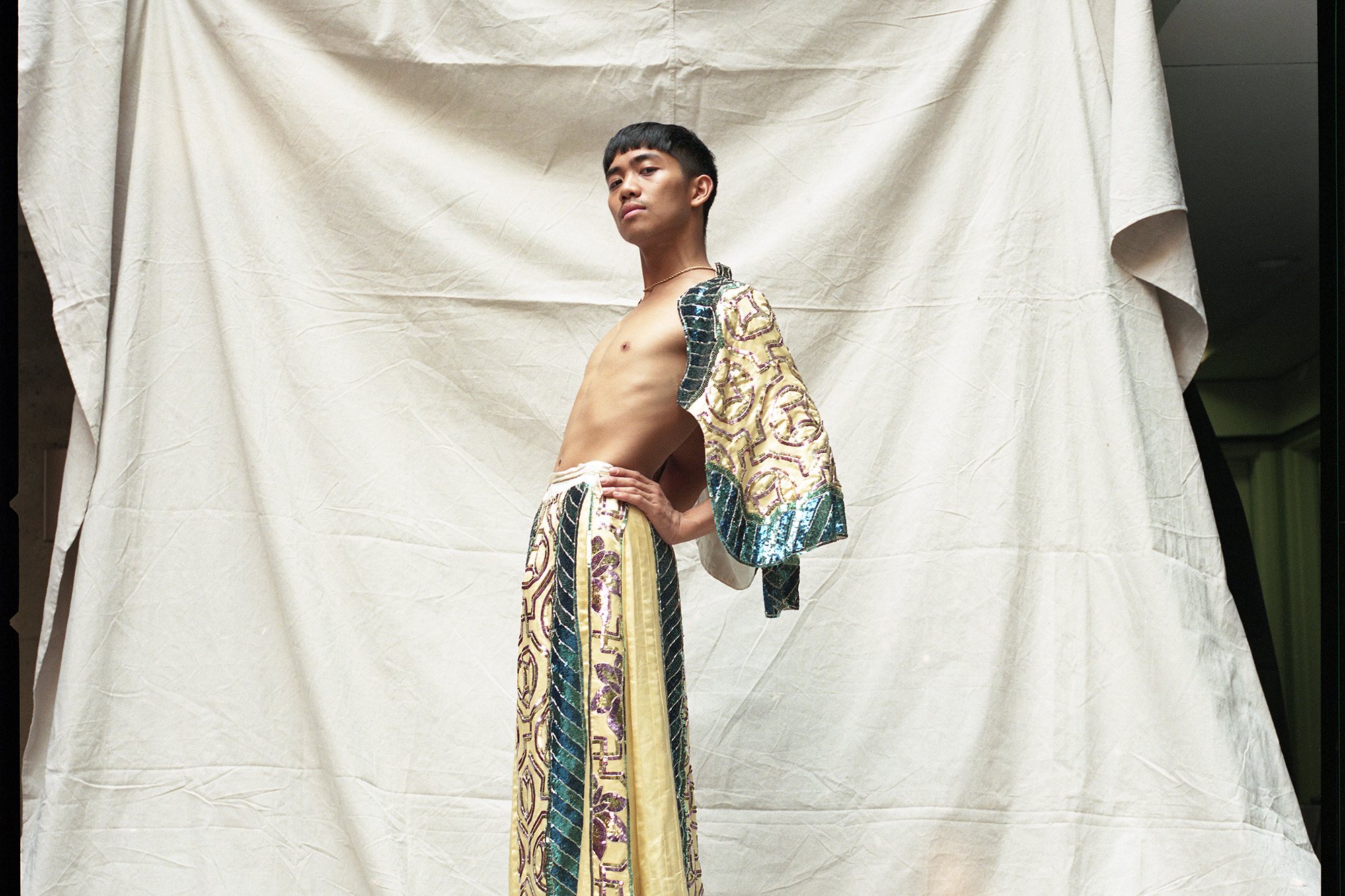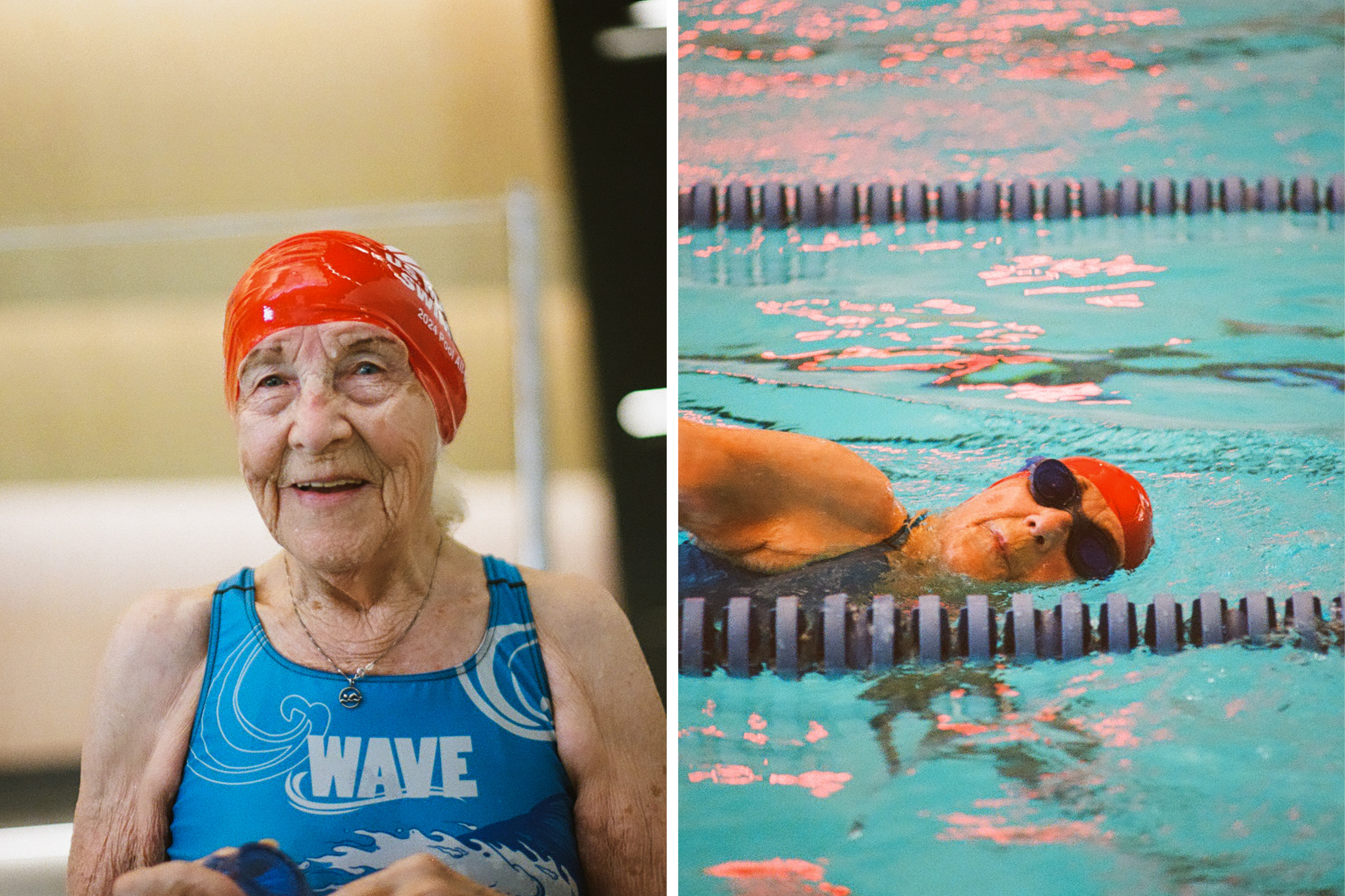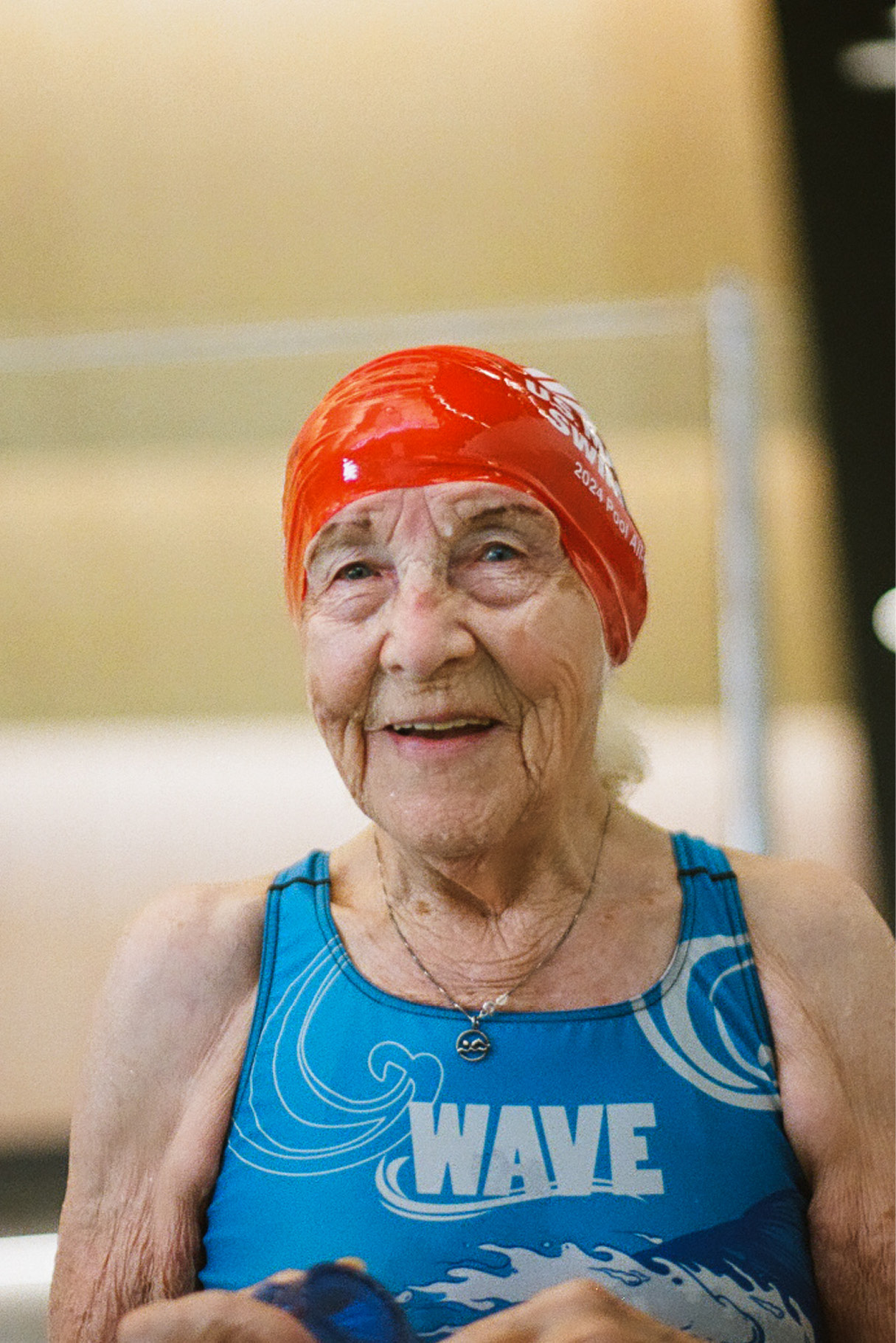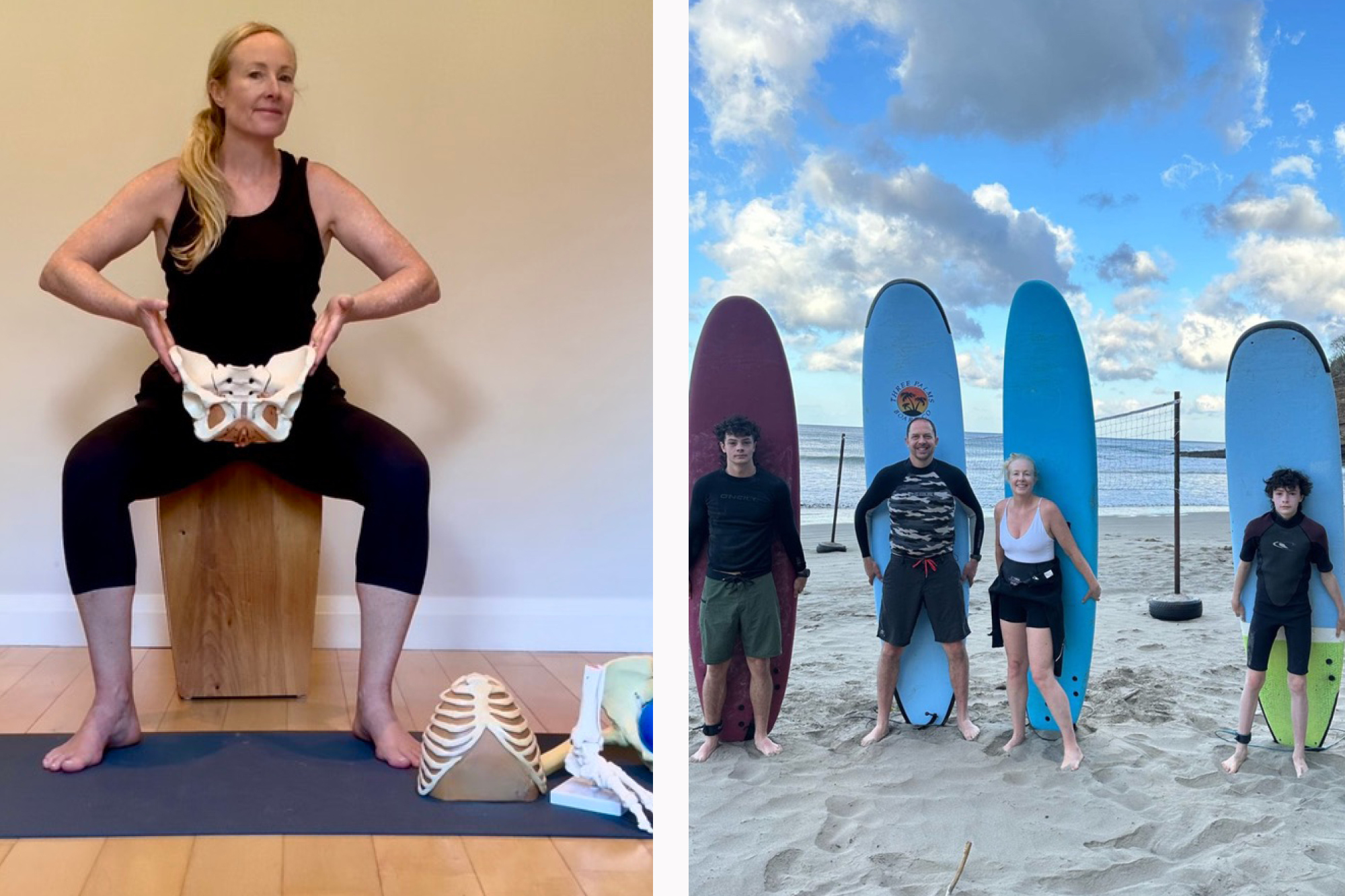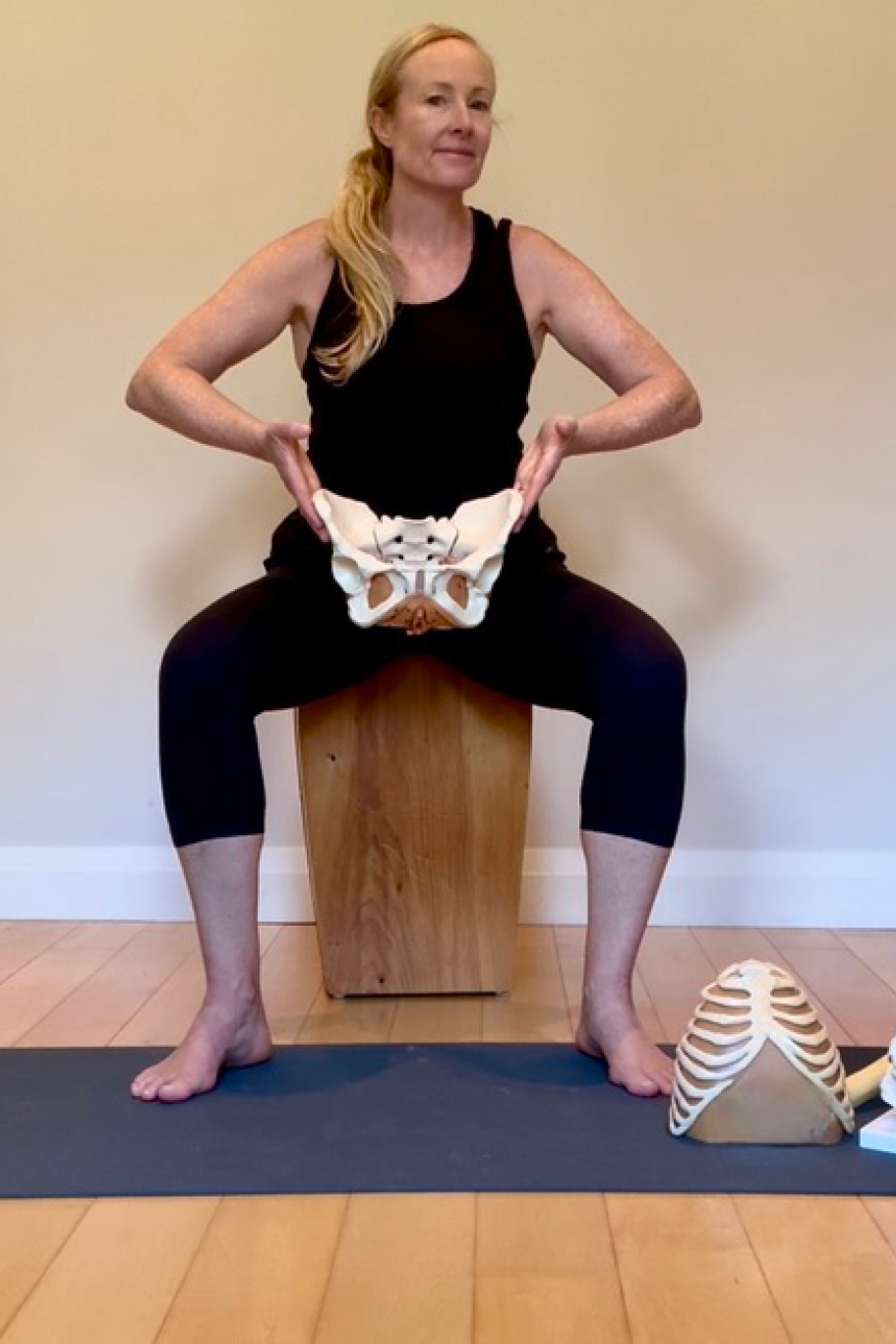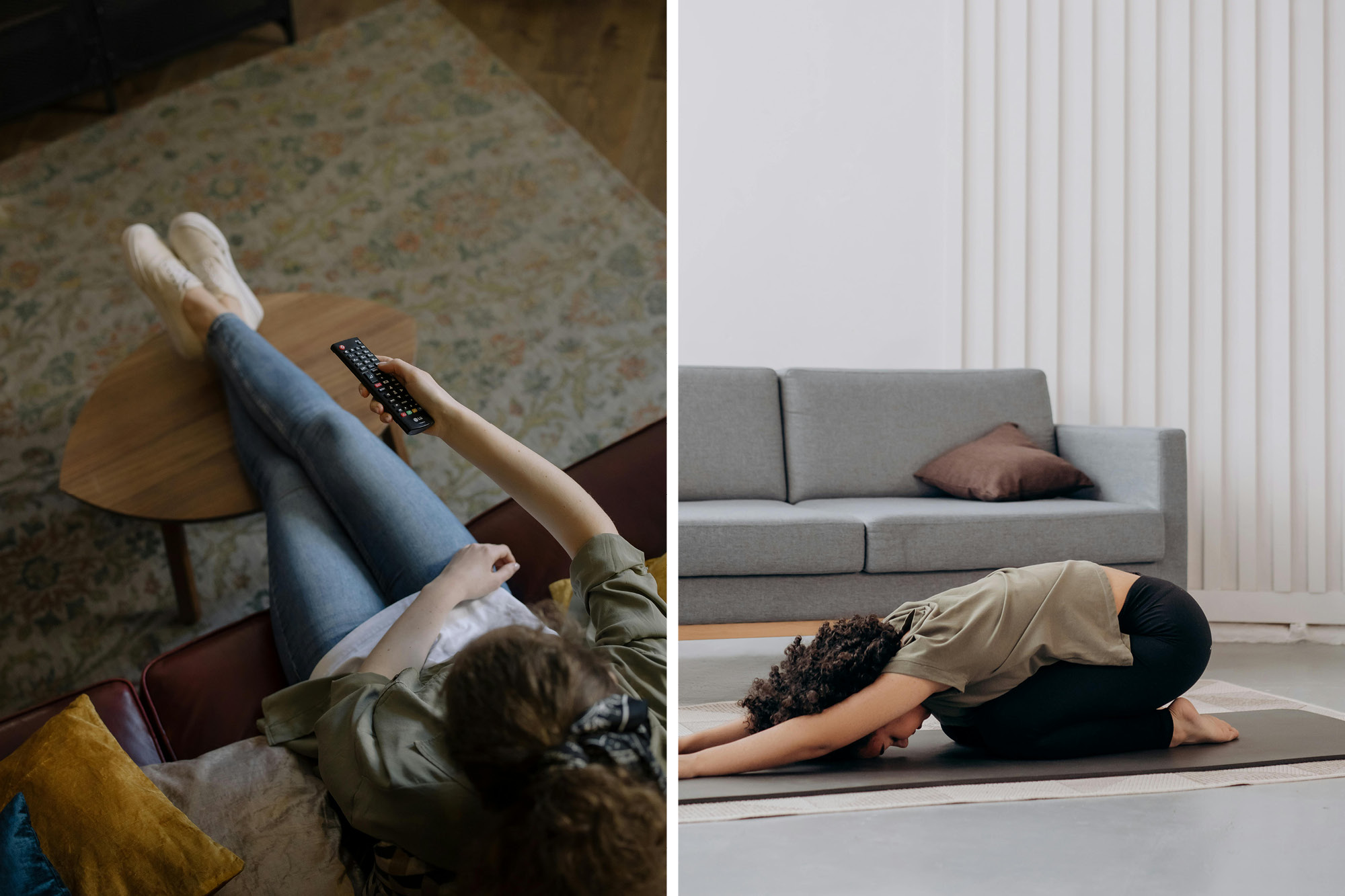There are three things you should know about me…
1. I am a dancer.
I’m a queer, Filipinx dance artist based in Vancouver, Canada. I was born here, in Canada, and my path into and through movement has always focused on the magic of change.
I started my dance training as many dancers do: cleaning the studios and classrooms in exchange for classes. It was breakdancing that first enchanted me and allowed me to feel my body and my being change with every class. At 14 years old, I knew that dance was what I wanted to pursue. Not only did dance liberate me from the constrictions of traditional classrooms, but I was able to tune in to how my body sensed and felt the world around me.
I was enthralled, driven to feel movement and push myself in a way I never before experienced. The support system I gained through studio dance classes helped me gain confidence, build incredible relationships, and continue to branch out into new and challenging dance styles. Quickly, I began learning other forms of dance: street dance, modern dance, ballet, and salsa. While the dance style was never important to me, what I came to learn was that movement and moving with others was essential for me. Dancing alongside other dancers is an otherworldly experience where words give way to a vulnerable presence that teaches honesty, patience, and generosity.
After graduating from the four-year Contemporary Dance Training Program, Modus Operandi, in 2015, I continued to pursue my love of performing. Sometimes I perform contemporary dance work for large audiences internationally, and sometimes I compete in intimate, community-based street dance battles. It’s moving with others that matters. It’s movement that energizes and exhausts me.
Now a little older and a working professional, I find myself challenged by my desire to continually contextualize my identity and how it shapes what I do. From early on, I recognized that my thirst for knowledge and learning wasn’t always conducive to the teachings of my mentors. I was told that I needed to focus on one thing or one style of dance, but I found (and continue to find) comfort in the many styles—in the practice of being a jack of all trades. By acknowledging my diverse training and my diverse identities, the continuity of training, learning, and changing has become my own form of mastery. Being a queer person of colour, I am excited to be pushing ideas and forms of movement that may be invisible in traditional dance spaces.
I am a dancer with formal and informal training, but what matters most to me is to be a living example that change and community are possible through a simple practice of moving, dancing, and expressing.
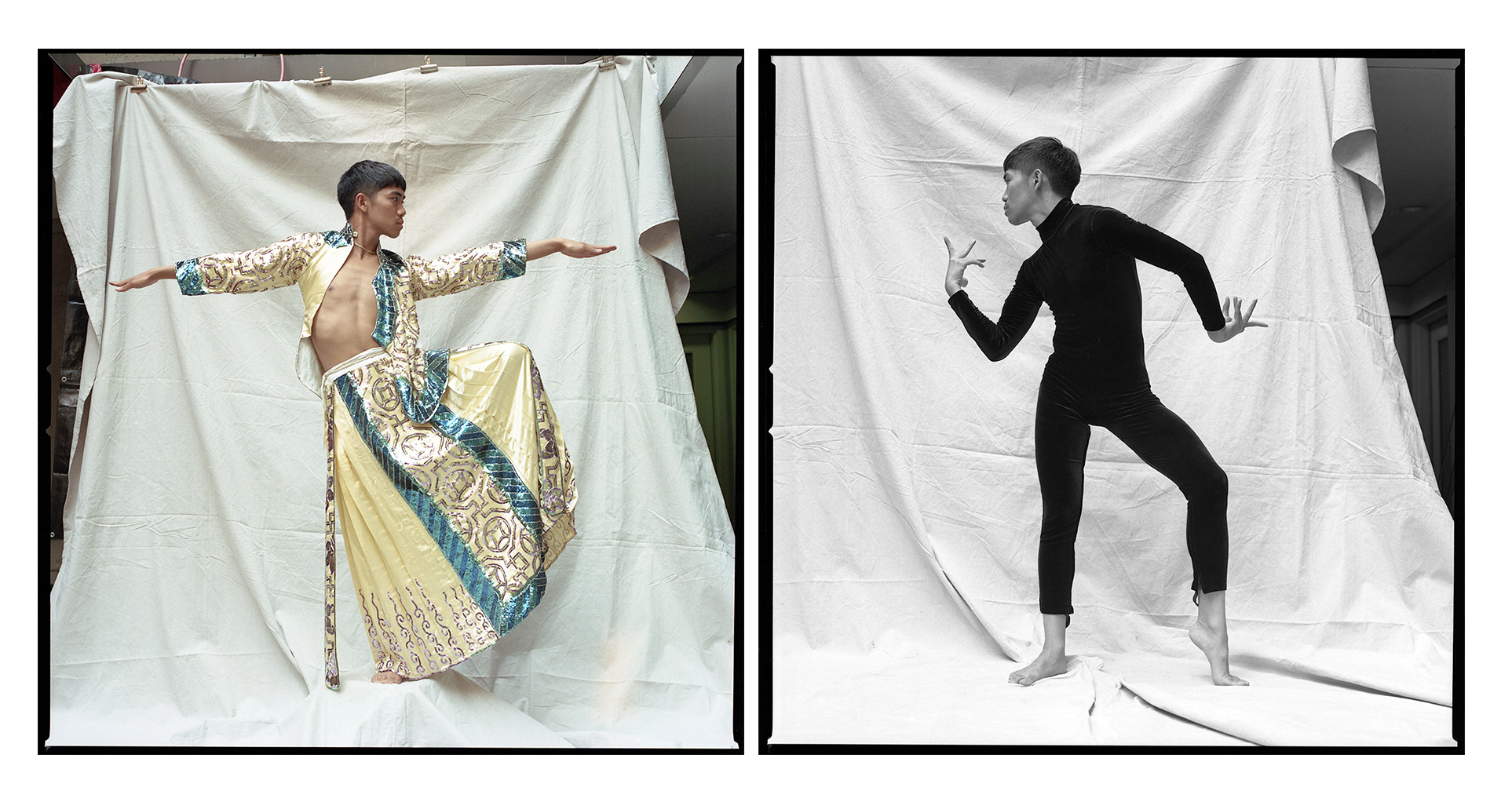
2. I make performance works.
Over the past few years, I have put a lot of effort into making and creating dance. This comes down to two things: bodies and clothing. Seeing dance moves can be exciting, but the possibilities are multiplied when we see how clothing can emphasize or augment the movements. I love how layers and textures of different fabrics can give character and meaning to movement that might otherwise remain abstract. Like life, the costuming choices for a dance are essential to express and explore the intricacies of identities and relationships. For me, making dance can never be untied from the social armour of clothing and costume.
FakeKnot, the name all of my projects fit under, is where I investigate how the underappreciated, but extraordinarily significant elements of fashion and design can shape dance and the interpretations of dance. Thinking of identity as a choreographic constraint allows me to draw on the structure of a garment as more than a prop or decoration. Similarly, imposing constraints in other forms like space, sound, time, or light, can bring a movement to life.
My major work, HINKYPUNK, is a solo dance on a 4 foot by 4 foot stage that incorporated projection to double my image. The latest creation of mine, Whip, was made in collaboration with the Vancouver-based company FIVELEFT Leather and imposes the constraint of a 6-foot-long leather headpiece. These constraints are important for me and the audience. Instinct kicks in and the movement is forced to survive and thrive by relying on all available skills. In turn, being present with the instincts I draw on keeps me on my toes and allows me to hone in on what feels essential to the dance. I like to believe that the experience of a live performance can affect its audience in a meaningful way. Being present with the dancers during the performance brings audience members together as they experience the dancers following their instincts to solve problems in the moment. That is where the magic happens.
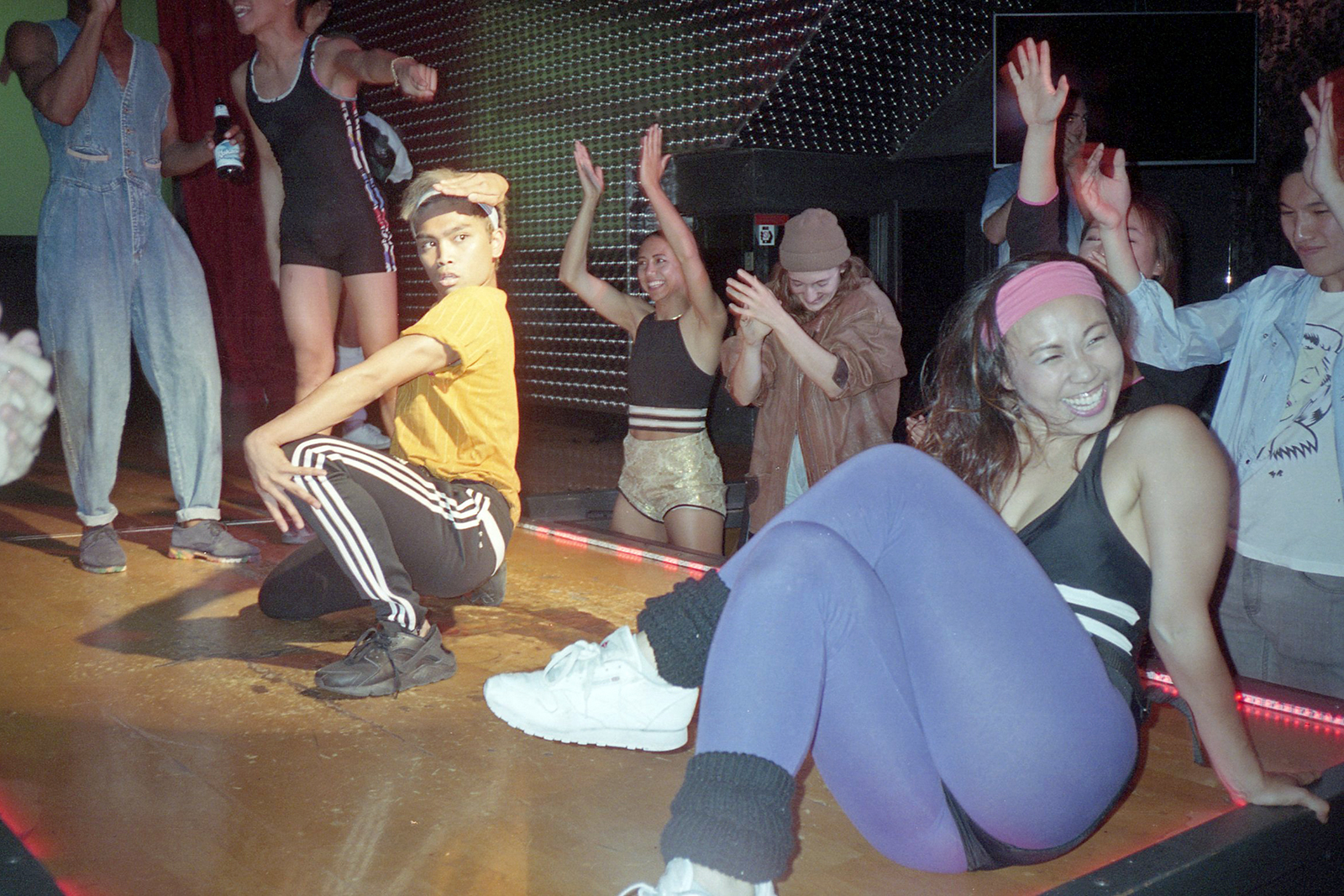
3. I love my community.
I’ve had the privilege to dance internationally, working with prestigious choreographers and pop stars, and now creating my own work that can tour to different cities. But I am a Vancouverite. I love my city and I love my community. Community built me, it continues to support me, and it validates and sees me as a vital part of its continuation. The grounding core of my dance practice is community. It’s not about “giving back” as if I have something special others lack. Rather, I strive to build spaces and opportunities that can offer a moment of exchange, interaction, and growth. Maybe I like to think that through movement we can come to terms with our differences and see these differences as our strengths.
In 2017, I solidified my community-based efforts and created Van Vogue Jam (VVJ). Based on my interest and participation in vogue and ballroom culture, VVJ has become a space that can support the QTBIPOC community in Vancouver through vogue balls and classes. Travelling to Toronto and New York City, I was scooped up into the vogue ball world and was amazed to see how dance and vogue is grounded in queer positivity. The glamorous and elaborate costuming and the encouragement to perform and express make vogue an exciting form of dance to engage in with the community.
Vogue was the first form of dance I learned that was created by queer people of colour. To me, as a queer person of colour, I exploded in excitement. Even if I have had the various privileges to perform in big dance shows, I still feel Vancouver to be in need of a queer positive space. I don’t want the dance world to merely tolerate queerness, but I want queerness to be seen and celebrated.
VVJ is a queer positive space that I have tried to carve out in Vancouver. I hold weekly free or by donation classes to bring folks together to dance. People aged 12 to 40+ attend and the classes have grown into big vogue ball events that have brought people together that would not have otherwise crossed paths.
It’s hard to make connections in a city like Vancouver, but I am positive that it’s finally starting to feel like the community I want to see. I am thankful I can continue pursuing my plurality of interests, and with VVJ I can support those who want to try something new in attempts to be more honest with themselves in this crazy world.
Learn more about Ralph Escamillan, visit www.ralphescamillan.com or follow @ralphescamillan
***
This article was originally published in Issue 01 of Movement by NM magazine.
